Snowboard training at home guide
With winter always just around the corner, it’s never too early to start snowboard training. Check out our guide for the best exercises to incorporate into your daily routine.
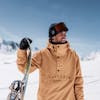
When the lifts stop turning, and Spring truly has sprung, it’s easy to let go of all the hard work you put in over the winter and focus on other things. But the off-season is almost as important as winter itself for snowboard training.
While some have the luxury of jetting off to the Southern hemisphere, lapping indoor ski hills, or slashing some slush on high-altitude glaciers, summer means a distinct lack of snow for most. But that doesn’t mean you can’t keep your skills honed and your body strong for the coming season.
That’s why we put together this guide of the top exercises you can do every day, at home, with no equipment, to keep yourself fit and ready for opening day. So if you’re ready to start your snowboard training, read on! Being fit is one thing, but do you have the right fit? Look good and feel good on opening day with our extensive range of performance outerwear, including the most stylish snowboard jackets and snowboard pants around.
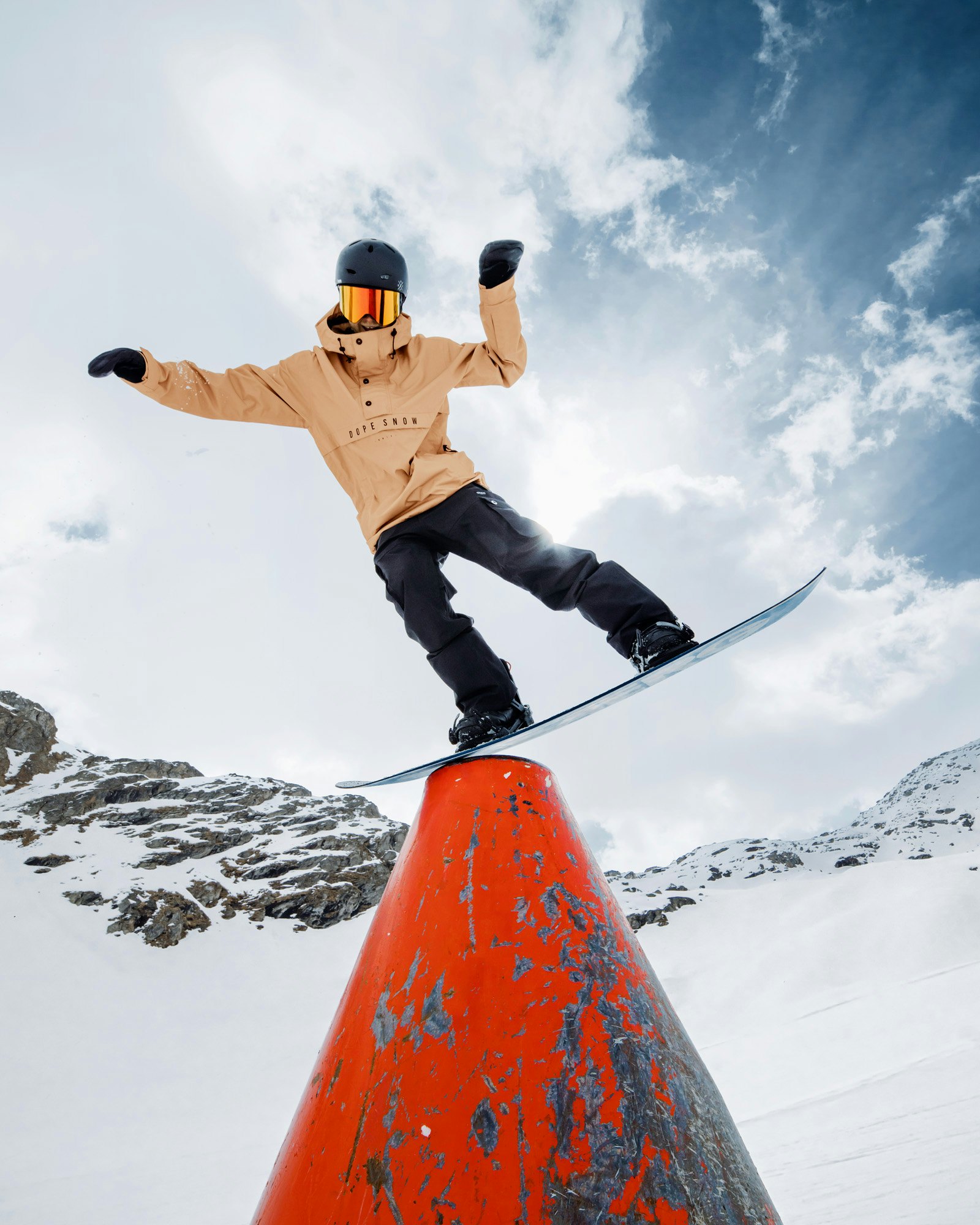
Table of contents
Why train in the off-season?
Snowboard training might seem like something that requires a, um … snowboard. And while it’s definitely easier to hone your skills while riding, snowboarding has many components that can be maintained and even improved – even when there’s no snow in sight.
Improving your body is the best thing to do in the off-season. Staving off injury, and ensuring you’re strong and flexible for the coming season, is a great way to give yourself a head-start when you jump back into riding.
We all know that feeling of discomfort in the first days back on snow, where everything feels stiff, your legs feel like they don’t bend that way, your knees ache, and the soles of your feet hurt like crazy. But with some targeted training, you can make your first day back on snow feel better than ever. So let’s dig a little deeper, shall we?
Four key components of at-home snowboard training
There are many facets of snowboard training, but in the off-season, we break our training into four key categories. These will all have their own exercises, which will help you work towards becoming stronger and less injury-prone come opening day.
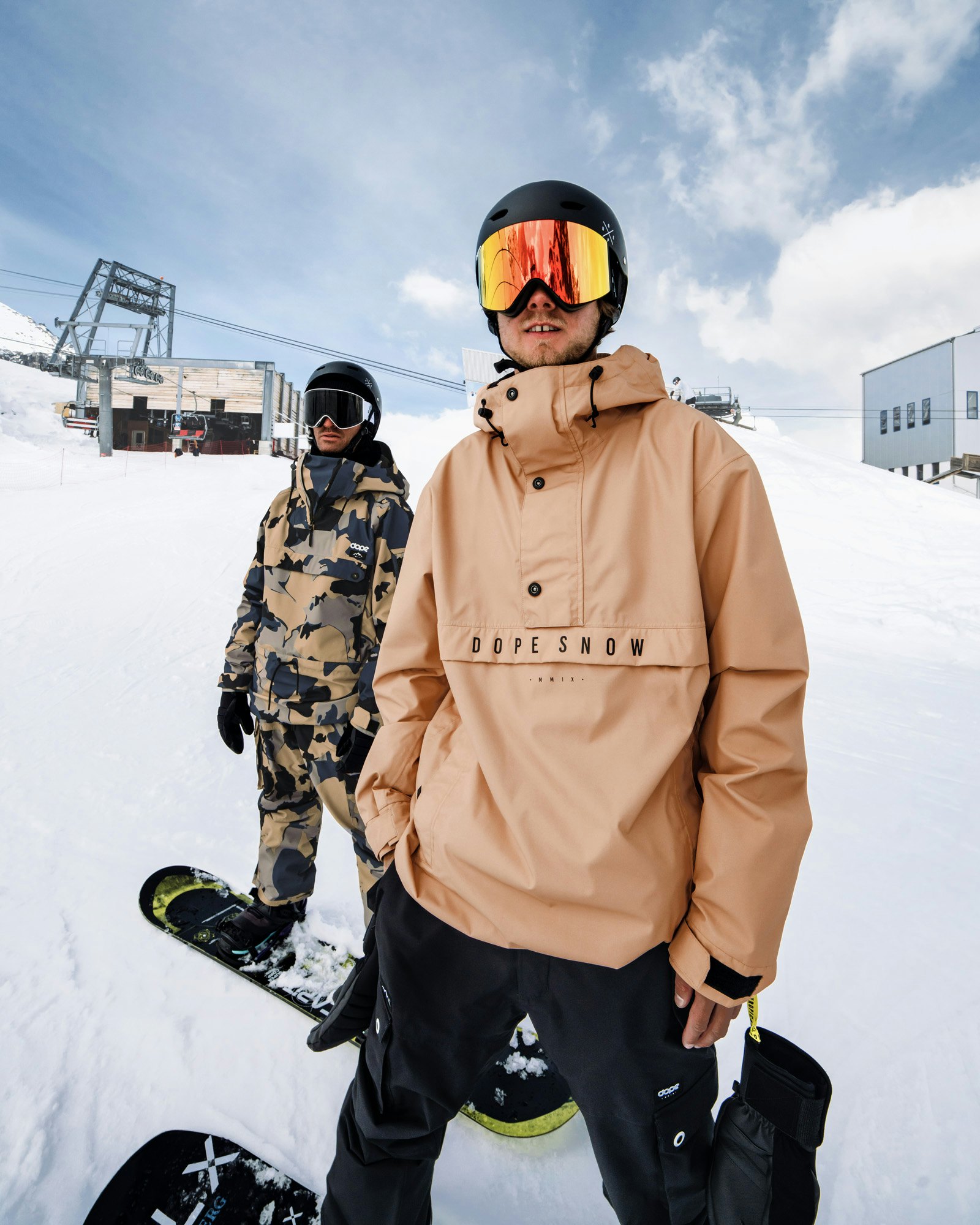
Joint strength
Snowboarding is very punishing on the body, especially on your joints. Much like the suspension in a car, your joints absorb bumps and vibrations. So, having strong and supple ligaments, tendons, and cartilage is imperative to stave off injury and feel good while you ride. Strong joints mean you can ride for longer, and longer riding sessions mean better progression!
Muscular endurance
Muscular endurance is another big factor in snowboarding. While strength is definitely a good thing to work on, your muscular endurance is far more important. As you’re holding specific (usually unnatural) positions for extended periods and working your entire body as you ride, the ability to reduce strength fade (weakening over time) should definitely be a priority.
Flexibility training
You’ll be crouching, popping, twisting, carving, hucking, and doing all manner of other things while you ride, so being flexible is key. Flexibility doesn’t just mean being able to touch your toes, though.
The ability to move around with a greater range of motion will not only improve your riding but will also help you master new skills more quickly. And it’ll help reduce the risk of injury during falls and from overextensions.
Balance work
We probably don’t need to state the importance of working on your balance, but just to give a quick overview: it’s sort of a big deal for snowboarding. Doing some balance work in the off-season will help your riding immensely.
Riding with speed and confidence, being able to plow through uneven terrain, and, of course, keeping your composure through jumps, rails, and landings will be visible positive results from paying some extra attention to your balance work.
Joint strengthening exercises
For the joint strengthening exercises, we’ll be looking primarily at what’s known as plyometrics. Plyometric exercises are often associated with explosive strength, and that’s certainly a positive byproduct that’ll aid your riding.
A really useful secondary effect, though, is the major strengthening of your joints. So, with that in mind, let’s look at some exercises!
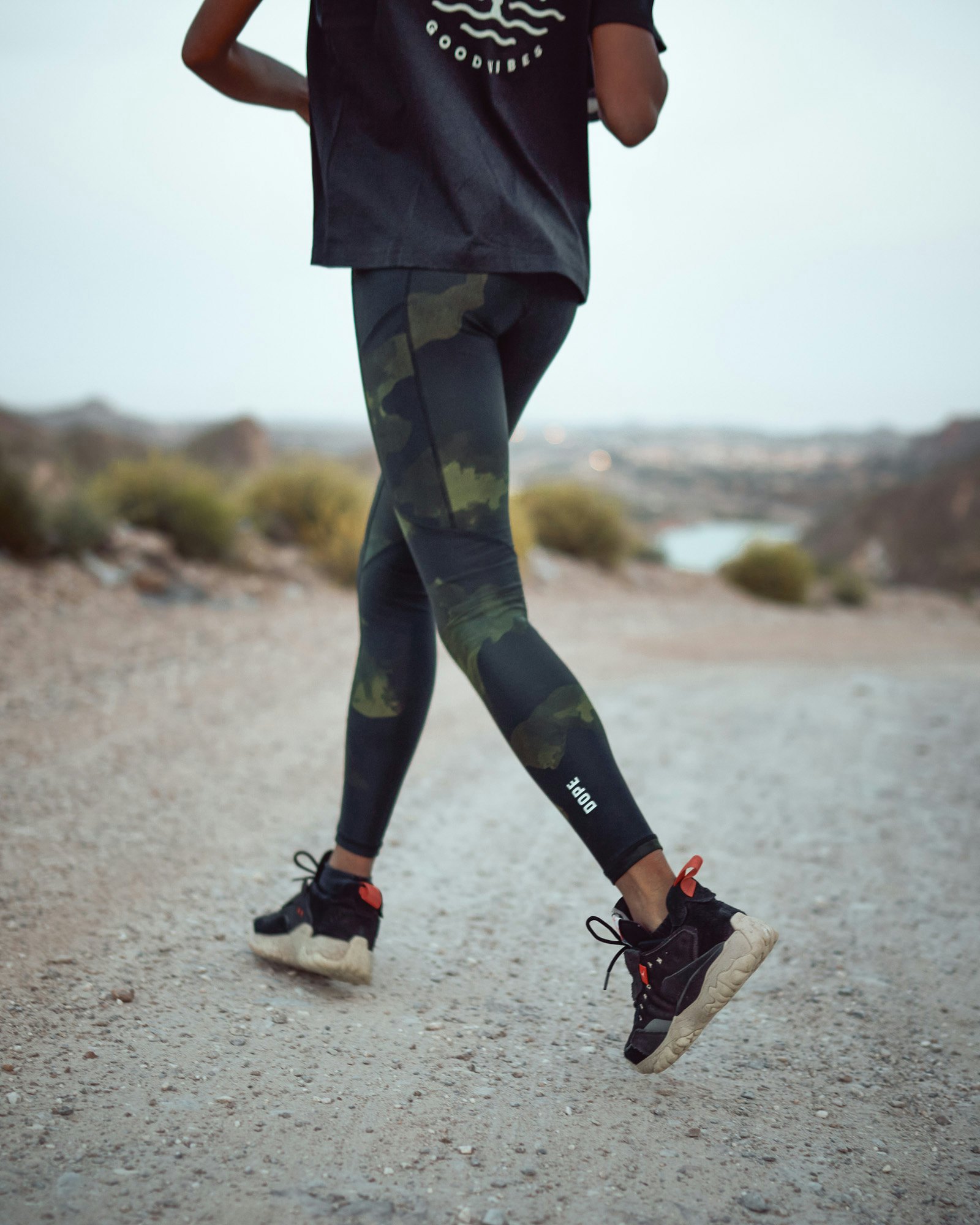
Toe-balanced one-legged calf raises
This is an easy one to start with. It’s great for your ankle and foot strength!
- 1First, find a step or similar.
- 2Place your foot on it so that just the balls of your feet support your weight.
- 3Step up from here, keeping your balance as necessary.
- 4Slowly lower your heel down, so it’s below your toes.
- 5As soon as it hits the limit, push back upwards into a calf raise.
- 6You can use this position to bounce around a little, bearing your weight on your ankle, helping to strengthen it.
Jump-to-squats (step out)
Whereas most squats go down and then pop out, we’re doing the opposite here.
- 1Take one step forward.
- 2Hop or jump into a squat (feet forward, shoulder width, knees straight, chest back, back straight).
- 3Go as low as you feel comfortable with to soften the impact.
- 4Step out of it with the same leg you jumped from.
- 5Jump from the other leg into the next one. Then repeat!
- 6This is great for your knees and ankles and simulates the sort of impact you’ll face on the mountain.
Alternating single-leg jump squats
Building on the above exercise, alternating single-leg jump squats are exactly what they sound like.
- 1From a neutral standing position, lift one leg so your knee is at ninety degrees.
- 2Begin to squat into your supporting leg (as low as is comfortable), and then pop from that leg and land on the other, going into a squat to cushion the impact.
- 3If possible, and you’re squatting fairly low, straighten your floating leg in front of you, with the aim being to get the hamstring of your supporting leg to touch your calf.
- 4Repeat as many times as you can.
Lateral jumps
Lateral jumps take this even further.
- 1Mimicking the above, jump from side to side instead of remaining stationary, keeping the knee of your floating leg tight to the body instead of straightening it.
- 2The further you can jump, the better. And you can also move forward if that’s easier for your balance.
- 3Really get some distance between your feet to put your knees, ankles, and hips through their paces.
Alternating split jumps
Bringing things a little closer, split jumps are great for foot and ankle strengthening.
- 1Place one foot in front of the other.
- 2Lean forward into a lunge, so your back knee is on the ground and both your knees form 90-degree angles.
- 3From here, pop into the air and switch your leg positions, catching yourself before your knee hits the ground (ouch).
- 4Lower down your knee, so it touches the ground.
- 5Repeat until you can’t anymore.
Muscle strengthening exercises
Strength and power are really important if you want to progress your riding. Often, as you push through the board, the snow pushes back. So, being able to throw some serious energy into your board is a great tool in any rider’s arsenal.
It’s what you need for powering through chunder without getting out of shape, muscling your way through a rough landing, or laying down a hard carve or powder turn.
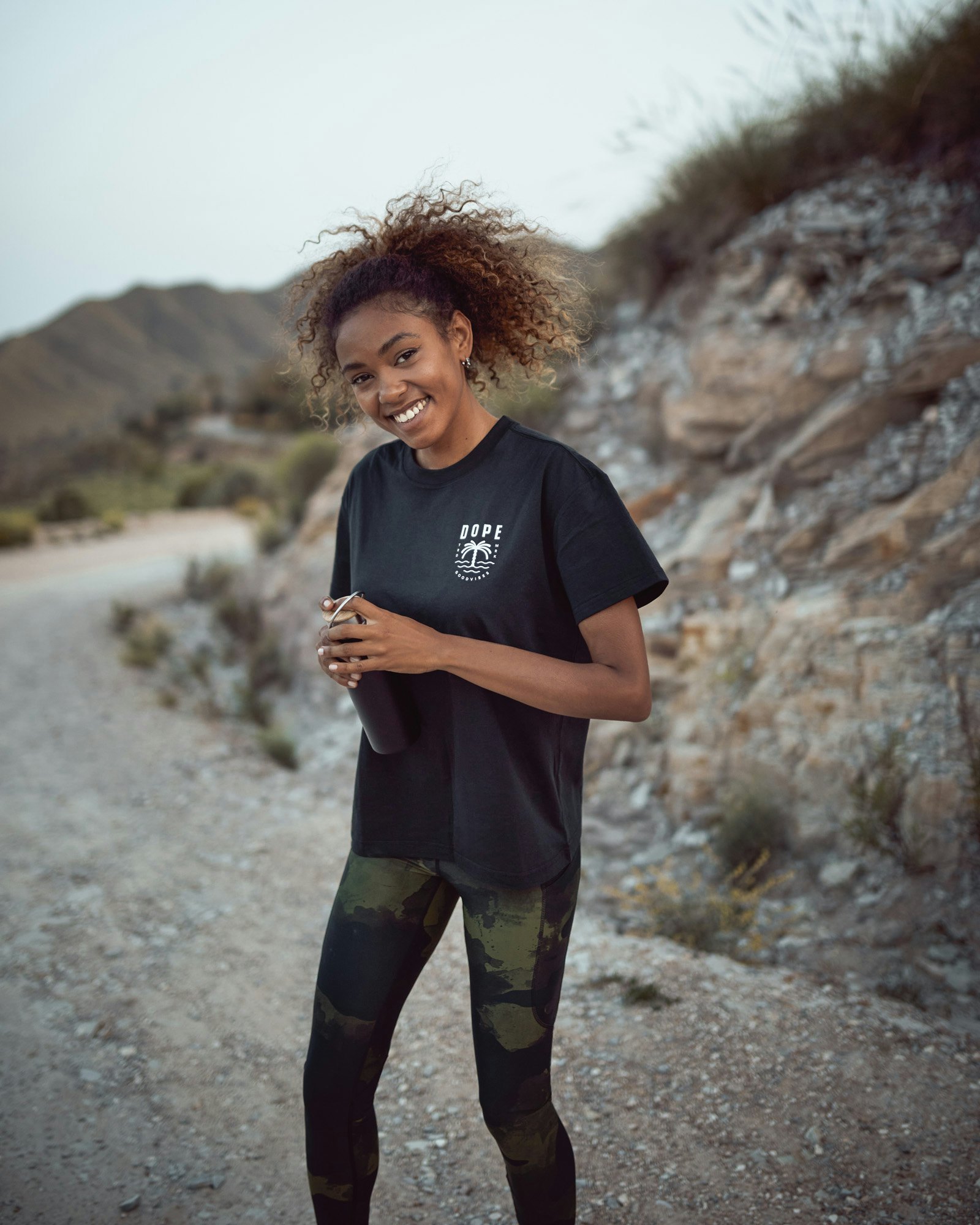
Plank and mountain climbers
Everyone’s favorite! Core strength is vital for riding, and there’s no better way to strengthen your trunk than with a plank.
- 1Choose your Plank position, either with straight arms or on your elbows.
- 2To make this a strengthening exercise, throw in some mountain climbers, too, getting those knees to your chest.
- 3We recommend 60-second intervals. But maybe start with 30 …
Side plank hip raises
Side plank is another favorite.
- 1With your hand supporting your weight, get into side plank.
- 2Lower your hip to the ground.
- 3Pop it back to the start position to give your obliques and core a serious workout. Repeat on both sides for a great strengthening exercise any day.
Ski-sit
Aptly named, this quad burner involves little movement, but definitely puts your muscles through their paces.
- 1Begin by finding a wall and position your feet about 12-18 inches from the wall, at shoulder width.
- 2Sit back against the wall and lower yourself so your knees are at 90 degrees, using just the power of your legs to keep you in place.
- 3It will become apparent very quickly why this is called the ski-sit, and you’ll see endless benefits on the mountain because of it.
- 4Hold for as long as possible, take a moment to recover, and then go again.
One-legged squats/step-ups
Slowed-down, one-legged squats are an amazing muscle-building exercise.
- 1Building on our alternating single leg squat jumps, this one focuses more on increasing the muscular endurance of your legs.
- 2Balance is the biggest challenge, here, so you might need to support yourself on a counter, wall, or something else to stop yourself falling back.
- 3Lift one leg straight in front of you, and with your supporting leg, slowly lower yourself all the way down so you’re ‘sitting’ on your calf.
- 4From here, push up into an upright position, and repeat. Even pace and control are the main aims.
- 5If this isn’t doable or it’s hurting your knees, find a tall step or box instead, and use that to step up onto with one leg, keeping the same pace and control.
Sumo squat
A strong glute and abductor region is essential for any rider.
- 1Take a wide stance, toes pointing outwards (at least 45 degrees, but as duck-footed as possible).
- 2With your back straight and your chest upright, squat and hold.
- 3Repeat until failure!
- 4As well as working the thighs and butt, this one also does wonders for your hip and knee strength and mobility.
Flexibility exercises
Flexibility is at the heart of snowboarding, and you can improve yours to no end by dedicating just a few minutes a day. No special equipment or assistance is needed.
Dig into these exercises and stretches to see an instant improvement in your overall flexibility — and your riding.
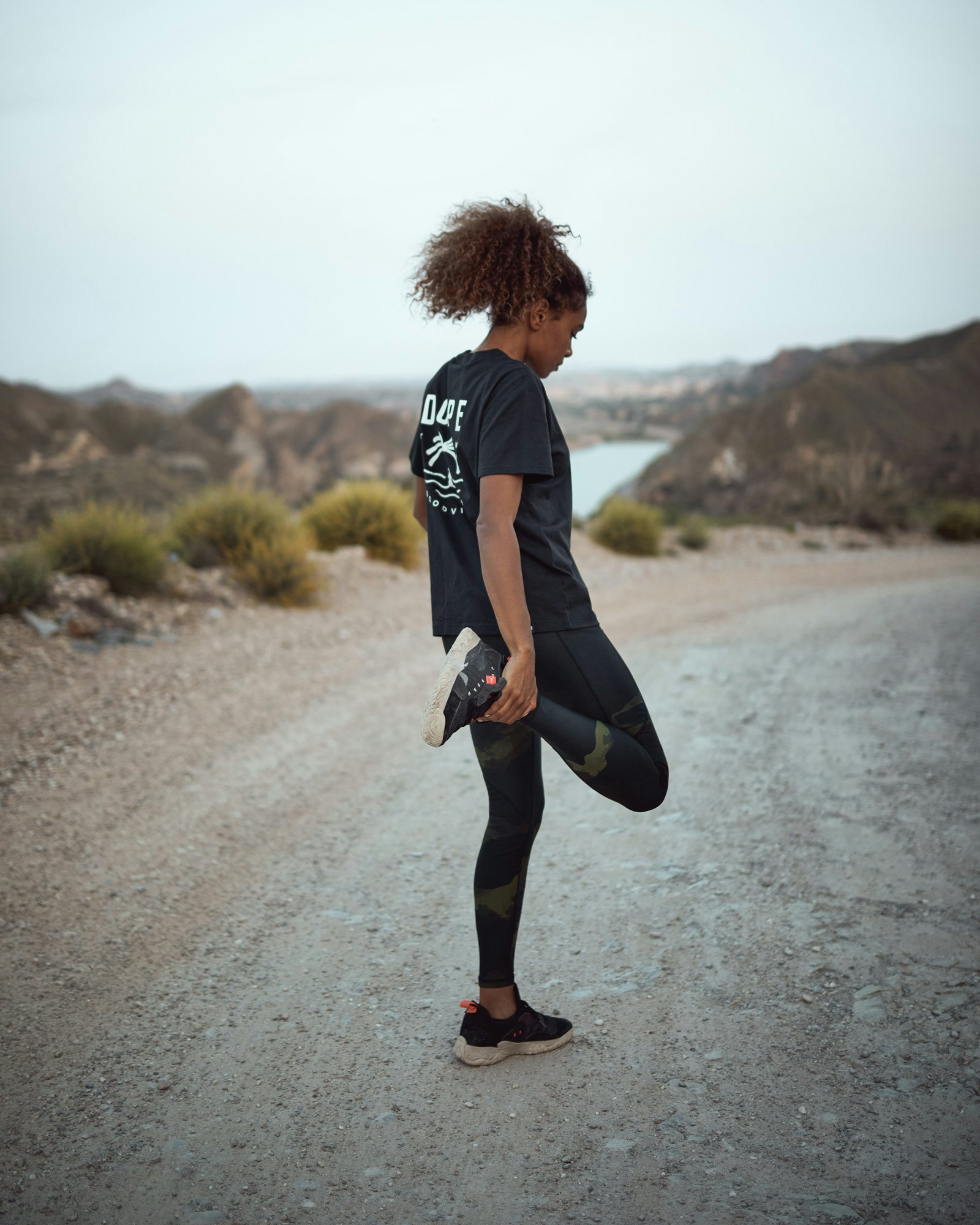
Hip flexors (standing or pigeon pose)
If you know your yoga, then you’ll already be halfway there with this one. Your hip flexors are at the front of your hips above your quads. A great stretch for these is:
- 1Place one foot behind you.
- 2Go forward into a lunge so your front leg is at 90 degrees.
- 3Reach up with both hands and bring your torso upright, stretching out the flexor of your rear leg.
- 4For a bigger stretch, adopt pigeon pose and raise your hands from there.
Hamstrings (seated forehead to knees)
This one’s easy and very effective.
- 1Sit on the ground, legs straight, ankles together.
- 2Curl your toes towards you.
- 3Reach forward with your hands.
- 4Take hold of your feet if possible, and lower your forehead towards your knees, allowing the weight of your body to gently stretch out your hamstrings.
Knees (supported extension)
While the above takes care of the back of your legs, this is a great exercise for the front of your knees.
- 1Using a chair or similar, stand about a foot in front of it.
- 2Raise one foot behind you.
- 3Place the top of your foot on the chair.
- 4With your knees together, go into a controlled squat to stretch out your quad and knee.
- 5You may need to steady yourself on a wall, but this is a great way to really extend a set of tendons that rarely get stretched!
Ankles and hip abductors (sideways lunge)
This is a really great stretch that will stretch your ankles, knees, and hip abductors.
- 1While standing, cross your legs so there’s about two feet of space between them.
- 2Slowly squat into the front leg so your weight shifts to that side.
- 3Allow the back leg to roll onto the side of the foot so that your ankle, hip abductor, and the side of your knee are all engaged.
- 4Repeat on the other side.
Lower back (supine twists)
Achieve a great lower back stretch with supine twists.
- 1Lie on your back with your arms out to the sides, palms flat on the ground.
- 2Bring one knee up to around 90 degrees.
- 3Allow it to twist across the opposite leg to pull your hip clear off the floor.
- 4Keep your shoulders flat and twist as far as your body will allow. This should stretch your lower back out nicely.
Balance exercises
Getting your balance dialed in is another easy win for any snowboarder prepping for opening day. And luckily, there are some simple and easy exercises you can do to help hone your balance before those lifts start spinning.
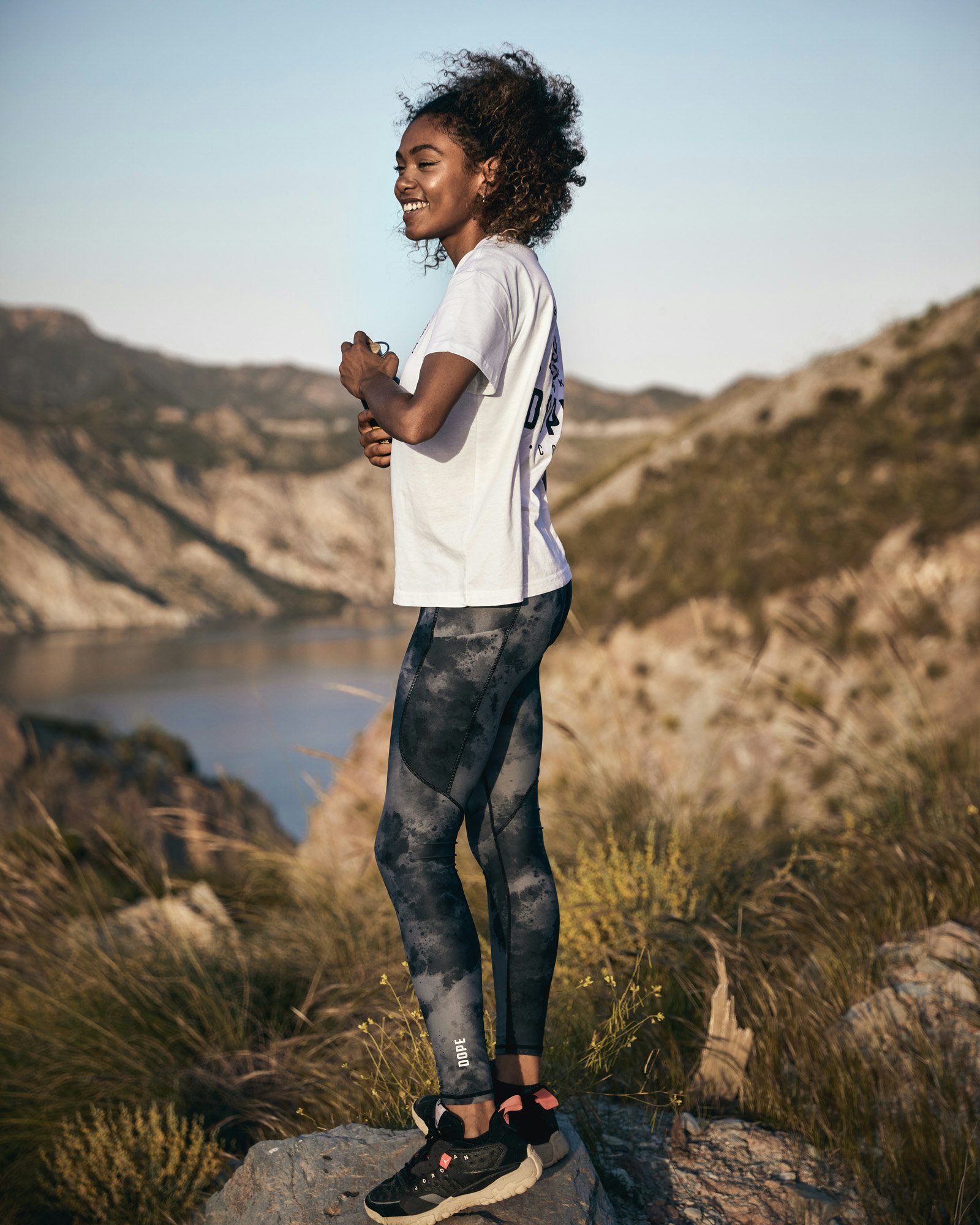
One-legged squats (eyes closed)
A tough twist on a familiar exercise will improve your balance to no end. One-legged squats are tough for anyone, but if you close your eyes, you put the job of keeping your balance firmly with your inner ear. Your body will often need to react faster than your eyes will have a chance to on the mountain. So, being able to stay on your feet with your eyes closed is a good skill to have in the bag.
- 1Adopt the one-legged squat pose as above and repeat the strengthening exercise version.
- 2But, before you do, close your eyes. It may not sound hard, but it definitely is.
- 3Reap the rewards of this simple yet highly effective exercise.
Warrior 3
Warrior 3 is a great yoga pose to improve your balance.
- 1Stand on one foot.
- 2Lean forward to 90 degrees.
- 3Straighten your leg behind you.
- 4Don’t worry, you can use your arms for balance! Get this one nailed, and you’ll see great results on the snow.
Crow pose
This one takes serious core and wrist strength, but it’s worth it.
- 1Go into a low squat.
- 2Place your hands on the floor inside your ankles.
- 3Push your knees against your triceps.
- 4Rock forward until your toes come clear off the ground and you’re balancing on your hands.
- 5We wish we could say it’s easier than it looks, but it’s really not …
V-sit
Luckily, this one is simpler.
- 1Sit on the floor with your back upright and your knees and ankles together.
- 2Rock backwards, keeping your legs straight, until they come clear off the ground and your whole body forms a ‘V’ shape.
- 3Hold until you can’t any longer.
One-knee pose
This is a tough one to end with.
- 1Go to one knee on the ground.
- 2Straighten your body as tall as it will go.
- 3With your other leg, go straight out to the side so your legs form a right-angled triangle with the ground.
- 4Lift the foot that’s on the ground so you’re just balancing on your knee.
- 5It’s tough, but a good core workout and a great balancing exercise too!
More training tips – trampolines and cardio
While these are great exercises, you should definitely work on your cardio as well. Better cardiovascular fitness helps your muscles oxygenate more efficiently and perform at a higher level for longer. As such, it’s pretty important for any rider looking to improve.
Many athletes and coaches recommend trampolines for those wanting to get into freestyle. Trampolines help improve air awareness and train the feeling of weightlessness and rotation.
However, not everyone has easy access to a trampoline or will even see a need for one in their riding. But it’s worth mentioning anyway if you are intent on catching some air on the mountain.
Conclusion
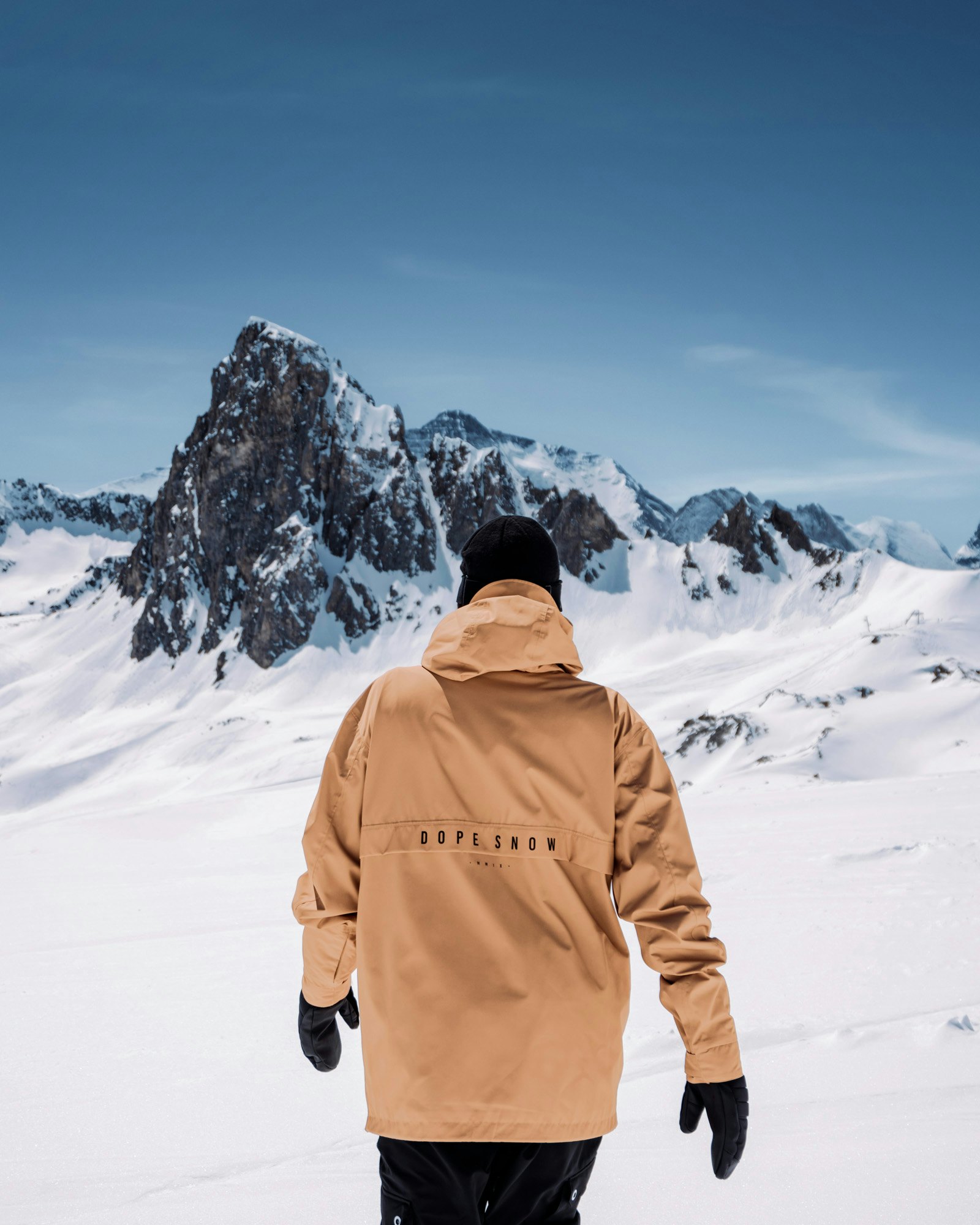
Fitness is really important, and there’s a reason that pro riders are called athletes. They train hard because being fit and healthy is imperative for your riding. So, go forth and take what you’ve learned into the off-season. Get those joints strong, those muscles burning, and that balance on point because the season is always just a little closer than you realize …
Related Reading:
